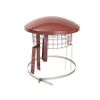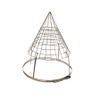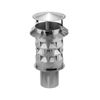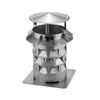Chimney cowls are designed to be fitted on top of chimneys in order to protect them from birds and vermin as well as stop smoke from coming back down and endangering your home.
You’re probably wondering:
Does a chimney need a cowl?
Will chimney cowls stop rain?
To answer all your questions, at Roofing Superstore we decided to put together this comprehensive guide.
Read on to find out about the different types of chimney cowl available on the market, what makes each own stand out, and how to choose the right one for your home.
Table of contents:
- What is a chimney cowl, and why do I need one?
- What different types of chimney cowl are available?
- How do chimney cowls guard against birds and other animals?
What is a chimney cowl, and why do I need one?
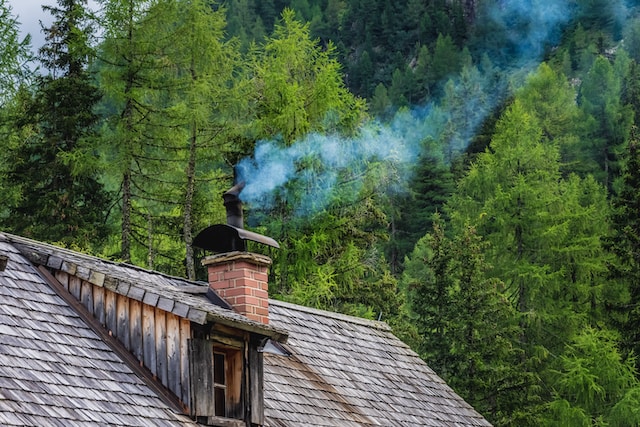
First and foremost, chimney cowls prevent downdraught. That’s extremely important because a severe case can pose a risk to the health of building occupants if it goes unchecked. Downdraught occurs when there’s not enough draw in the chimney stack or flue to pull the smoke and fumes up and out of the top.
This usually happens if the air above it is warmer than the air below, but it can happen for a number of reasons. Drawing the toxic smoke out of the home is obviously crucial, but it also makes the fire more efficient too as it burns easier and uses less fuel.
And that’s not all:
Animals nesting on a chimney stack or flue may not seem like a massive concern for most animal-loving homes. But unfortunately, a nest over the stack or flue opening means the flow of air is restricted. With similar consequences to downdraught, the smoke and fumes get stuck in the chimney stack and the only place for them to go is into the home.
Not only is this a dangerous result of nesting animals, but there’s also the risk of droppings, feathers and sometimes animals getting physically trapped in stacks or flues.
But wait! There’s more:
Water ingress can be anything from a trickle to a steady stream of water. Water entering a chimney stack or flue dampens the fuel below which means that wood, for example, cannot be used. It can also cause damp problems which may not be apparent until much later.
Another instance is if the chimney breast goes down through bedrooms – which is common in older semi-detached houses – water may start leaking into the walls. It’s worth remembering that dampness or mould may not just appear at the base of the chimney stack.
Do these issues sound familiar? Or are you just looking to nip them in the bud early on?
No need to worry:
We have a chimney cowl to help you take care of things in a heartbeat. And as a bonus, we’ll also show you how to fit it!
What different types of chimney cowl are available?
There are several types of chimney cowl available, depending on the issue you are looking to resolve. You can see from the list below that there are chimney cowls to overcome almost every scenario before you go on to compare current prices with the help of our in-depth guide and pricing table.
But first, let’s take a closer look at each type.
Birdguards
Birdguards are one of the simplest forms of chimney cowl available. They are typically mesh shaped to prevent animals from entering the chimney space, whilst still allowing air to flow in and out of the chimney easily. There is a host of different birdguard chimney cowls available, depending on the type of chimney you have. You can choose from gas birdguards or solid fuel birdguards; alternatively, you can choose a cone top birdguard or balloon birdguard, depending on the design you are looking for.
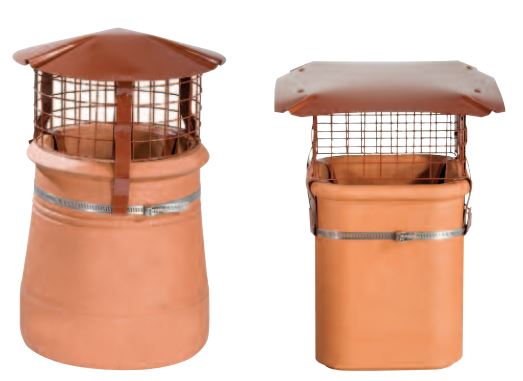
Cappers
Cappers are another straightforward yet useful chimney cowl. Cappers are a single piece of material that caps straight over the chimney top to prevent water from entering the chimney space, avoiding any issues caused by long-term moisture. Choose from traditional rain caps, which feature legs to raise the cap above the immediate entry point to the chimney, or more contemporary cappers which do not have the legs – resulting in a more subtle chimney cowl that cannot be seen.
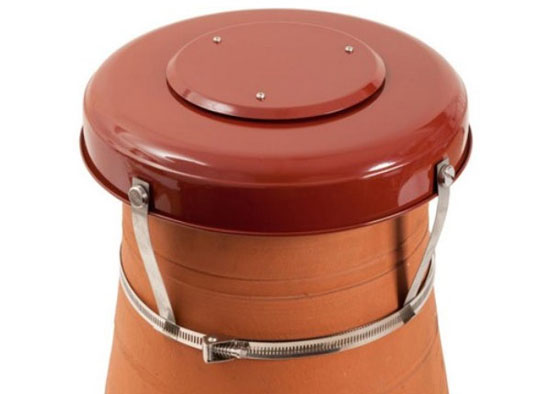
H cowls
H Cowls are another popular form of a chimney cowl. They have been designed to specifically combat the issue of downdraught, stabilising the draught and preventing smoke and potentially dangerous gases from being forced back into your home. Manufactured in the shape of an H, they allow gases to escape by ensuring that downdraught cannot be forced straight down and into the chimney. It would instead have to pass around 90-degree bends.
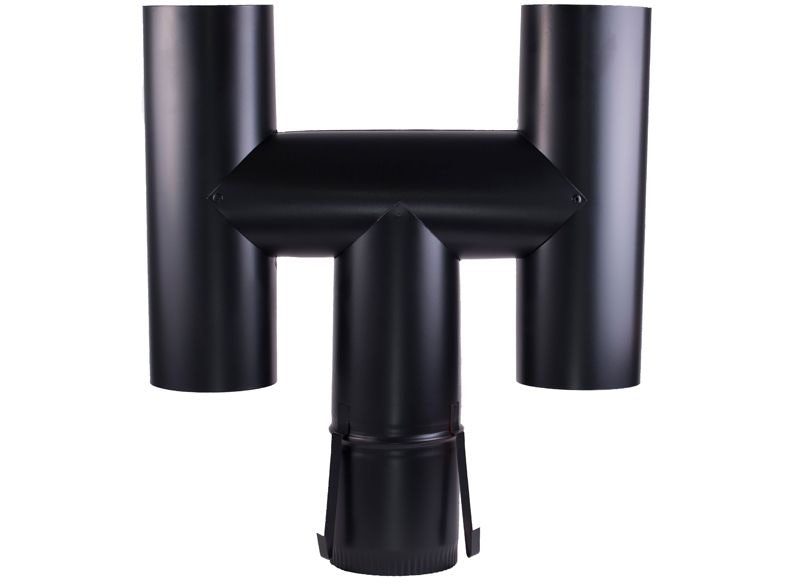
Bonnet cowl
The Bonnet cowl from Brewer is a simple yet effective design of chimney cowl. It consists of a simple, curved piece of metal that is fixed above the chimney cowl with gaps on either side. This allows gases and smoke to escape, whilst preventing anything from entering the flue system.
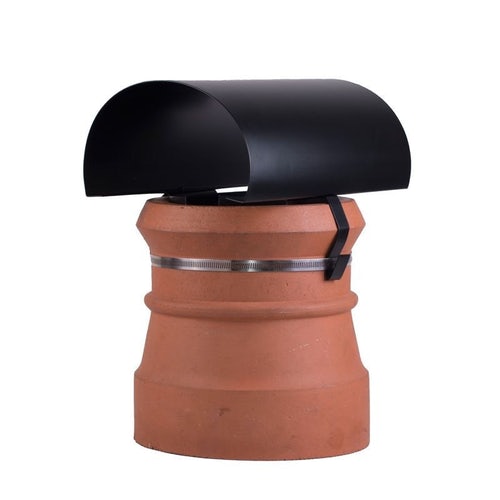
Aspirotor cowl
The Aspirotor is a metal chimney cowl that has a contemporary and effective design. The stainless-steel chimney cowl is designed to act like a turbine, with the wind catching the cowl and rotating it. This rotation increases the draw of air up the flue, which improves the efficiency of the fire. At the same time, the Aspirotor prevents any unwanted birds or animals from entering the flue system and minimises the amount of water that can enter the chimney too.
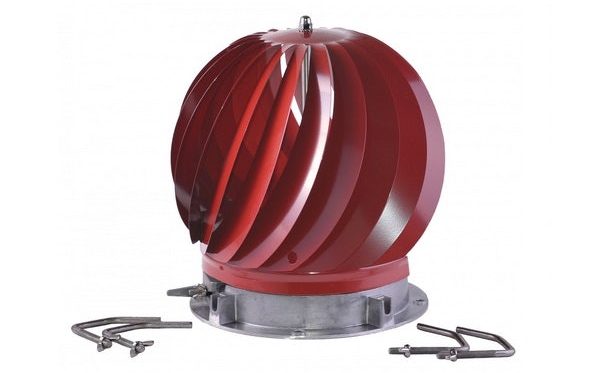
Aerodyne cowl
Another chimney cowl that helps to improve the draw up and out of the chimney, as well as eliminating downdraught, is the Aerodyne cowl from Brewer. This metal chimney cowl comes in a range of different colours but has a unique venturi shape which draws air into the chimney cowl. When this air is drawn in, the unique shape causes a drop in the air pressure, drawing air up from the stove and into the atmosphere.
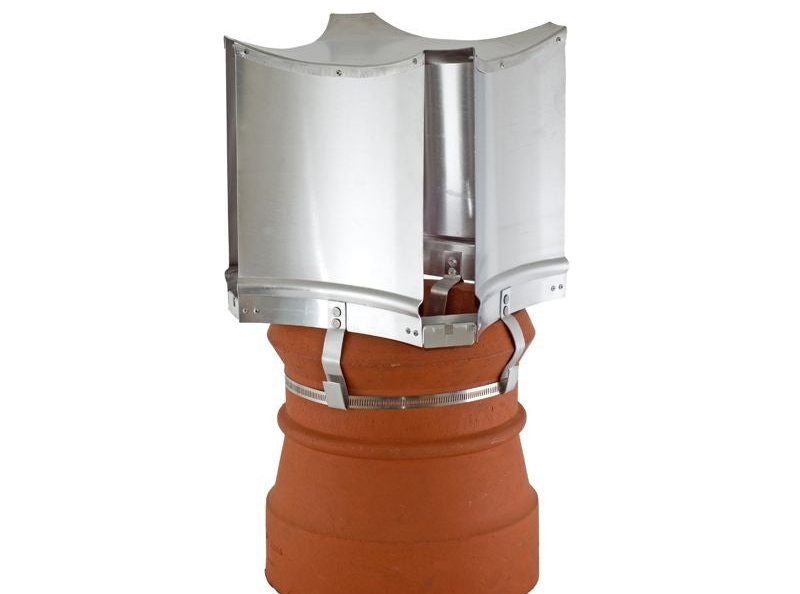
Spark arrestor cowls
Spark Arrestor cowls are a form of chimney cowl designed to reduce and eliminate the emission of sparks from the chimney, which could cause damage and ignite fires. Spark Arrestor Chimney Cowls are particularly beneficial on thatched roofs, where a small spark could ignite the whole roof causing serious damage.
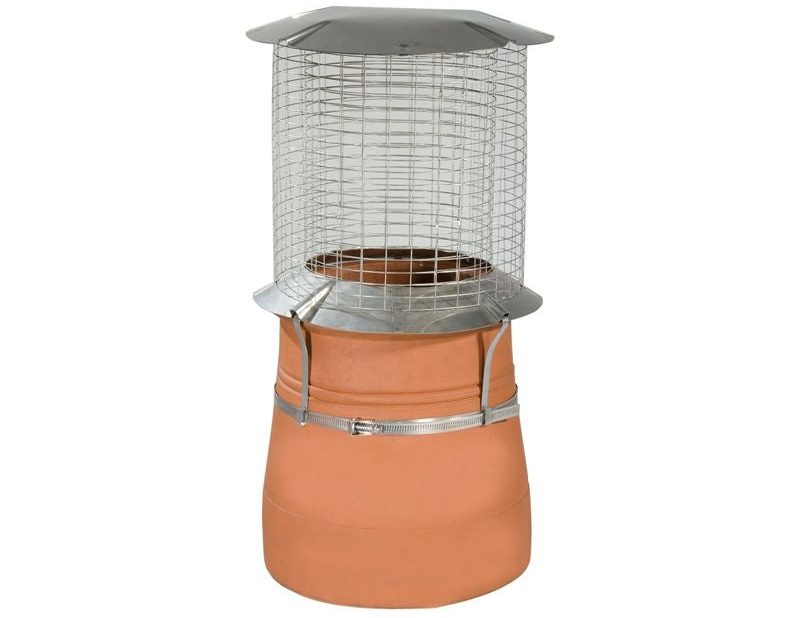
Windkat chimney cowls
Windkat chimney cowls are often considered the market-leading product that combines a chimney pot and a chimney cowl. An eye-catching yet functional design, the Windkat chimney cowls create the perfect solution that does not rely on the wind to draw air. Instead, it creates a constant draw to provide an efficient and steady fire. Additionally, the Windkat chimney cowl stops downdraught, ensuring your home is safe and free from smoke and dangerous gases.
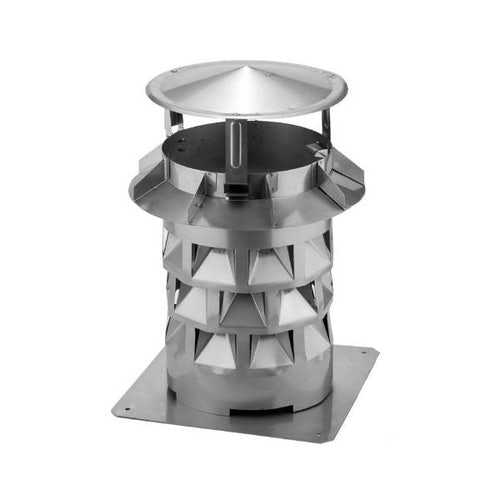
You can choose from a range of other chimney cowls, including Stealth cowls, the Windmaster, and Lobster Back Cowls.
How do chimney cowls guard against birds and other animals?
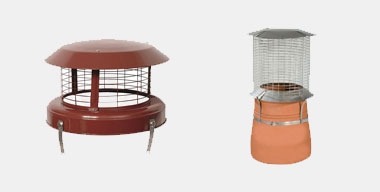
The most commonly recognised issue with chimneys is related to birds.
The good news is:
A chimney bird guard creates a barrier to prevent birds and other animals from entering the chimney area because birds often see a chimney as the perfect place to build a nest.
In turn, nests will then block the chimney, preventing air from being drawn properly, which reduces the efficiency of the fire. Another issue with birds nesting within a chimney is that their droppings, feathers and other mess can fall into the fire, stove or wood burner.
Last but not least, birds can occasionally fall down the chimney, which can be relatively distressing for both the animal and anyone within the building.
Key takeaway:
By choosing the right chimney cowl and supplementing it with an appropriate bird deterrent, you won’t have to worry about birds and animals affecting your chimney ever again.


